Extensor Carpi Ulnaris Muscle
Table of Contents
Description
The extensor carpi ulnaris muscle is a muscle in the forearm that runs from the lateral epicondyle of the humerus (upper arm bone) to the base of the fifth metacarpal bone (a bone in the hand). It is responsible for extending and adducting the wrist joint.
The extensor carpi ulnaris muscle is part of a group of muscles in the forearm known as the wrist extensors, which also includes the extensor carpi radialis and the extensor carpi radialis brevis. These muscles work together to extend the wrist and provide stability to the forearm and hand during gripping and other activities.
Origin of Extensor Carpi Ulnaris Muscle
This muscle arises from the lateral epicondyle of the distal humerus and the posterior aspect of the ulna.
Insertion
It inserts onto the dorsal base of the 5th metacarpal after passing through the 6th compartment of the extensor retinaculum.
Nerve
- The muscle obtains nerve supply from the posterior interosseous nerve, it is a motor branch of the radial nerve.
- The radial nerve goes then posteriorly via the top of the supinator muscle in the antecubital fossa to form the posterior interosseous nerve.
- It comes from the extensor carpi ulnaris muscle additionally as the other muscles in the posterior compartment of the forearm.
- The radial nerve aries from the brachial plexus via the posterior cord which has contributions from the spinal nerve roots of C5 to T1.
Artery
- The extensor carpi ulnaris brings its vascular supply initially from the ulnar artery, it branches off of the brachial artery around the antecubital fossa and gives supply to the inner aspect of the forearm.
- Because of the muscle’s situation in the posterior compartment of the forearm, it also obtains some blood supply from the posterior interosseous artery, a posterior branch of the radial artery, that runs in the middle of the superficial and deep extensor muscle groups and supplies them both.
Function of Extensor Carpi Ulnaris Muscle
- The extensor carpi ulnaris give out to extend and adduct the forearm at the wrist and also permit inner stability to the wrist.
- It is a thin muscle that has fibers originating from both the distal humerus, as a part of the usual extensor tendon, as well as the proximal ulna.
Embryology
- The forearm muscles aries in the dorsolateral somite cells that form muscles after they migrate to the limb at approximately the 4th week of development.
- As the limb buds lengthen, the muscles begin to separate into separate functional groups, namely the flexors, and extensors.
- The anterior and posterior patterns of the limb generate by a sonic hedgehog protein, which gets secreted from the zone of polarizing activity.
Clinical Relevance
Injuries to the extensor carpi ulnaris muscle can result in pain, weakness, and limited range of motion in the wrist and hand.
- It is most usually injured in athletes subject to forceful wrist movements.
- Repetitive flexion and extension of the wrist may tend to tenosynovitis because of the irritation of the tendon and the sheath that holds it in place.
- Overuse may also tend to tendinopathy of the muscle-tendon in which there may be thickening and painful stiffness of the tendon with less structural damage.
- Repetitive excessive stress on the tendon may cause structural damage which may lead to a partial tear.
Assessment
- A perfect clinical history and assessment are essential for diagnosing ECU tendon disorders.
- The timing of the onset of symptoms discriminates in the middle of acute and chronic causes. Mechanical symptoms at the moment of onset are also usual descriptors in this condition. Patients will use words like ‘snap’, ‘pop’, or ‘tear’ in an acute sheath disruption.
- In a few cases, incidents of tendon subluxation are extremely painful.
- While in some the subluxation may be fully asymptomatic and effortlessly reproduced by the person.
- Palpation via the length of the extensor carpi ulnaris tendon (beginning distally at its insertion into the base of the 5th metacarpal) will identify tenderness accurately.
- Painless weakness is likely to represent a full rupture of the ECU tendon.
Exercise of extensor carpi ulnaris muscle
Extensor carpi ulnaris (ECU) isometric
- Put down the elbow on a resting position of the injured hand on the table with the palm facing you.
- Use the opposite hand to resist the movement of bending the wrist back (away from you).
- Keep up the elbow still throughout.
Empty Handshake
- For this exercise, a person will require a flat surface like a table.
- The involved forearm should begin with resting on the table.
- A person may be seated or standing.
- The hand and wrist should be hanging off the table.
- Turn the hand to the side as if the person was going to shake someone‘s hand.
- This is the starting position.
- To complete the exercise, move the hand up and down in a chopping motion.
- Hold the movement at the top and at the bottom of the movement.
- Complete the movement for 5 sets of 15 reps.
Wrist Extension Exercise
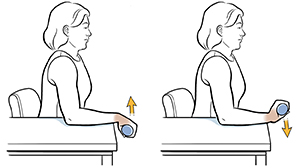
- For this exercise, a person will require a flat surface like a desk or a tabletop.
- A person will also need a lightweight dumbbell, weighing around 1-2 lbs.
- Start with standing or sitting with the feet shoulder-width apart, grasp the dumbbell with an overhand grip, and lay it on the tabletop, with the wrist and working hand hanging off the table. the palm should be facing down.
- When the person is ready, pull the dumbbell up by bending the wrist up and extending it as high as possible.
Eccentric wrist extensions
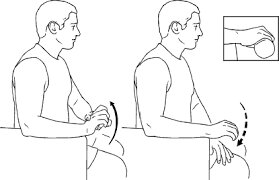
- The key to rehabilitation and strengthening is to give the muscle stimulus without overworking it, which could actually have the opposite effect by making the injury worse.
- Grasp a light dumbbell, and then place the forearm on a weight bench/table/desk with the hand hanging off the edge.
- Then, gently lower the dumbbell towards the floor by bending the wrist.
- Descend until the person experiences a comfortable stretch in the forearm, and then, with the other hand doing most of the work, lift the dumbbell back up to the initial position by pushing the ‘dumbbell hand’ upwards.
Stretching Exercise:-
Wrist extensor stretch
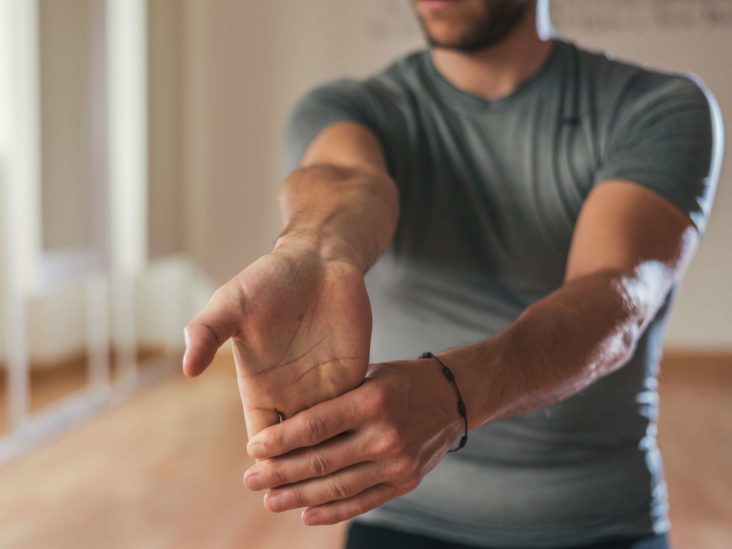
- Extend the arm in front of you with the palm facing downward.
- Bend down the wrist of one arm, pointing the hand toward the ground.
- Using the opposite hand, bend the wrist in an even more downward direction.
- A person would experience the stretch through the top of the forearm.
- Hold the stretch for ten seconds, repeating as needed.
FAQ
Constant repetitive motion that put stresses on the tendon of this muscle frequently leads to
pain, irritation, and eventually extensor carpi ulnaris tendinitis. ECU Tendinitis is a condition
common among individuals who play racquet sports or basketball
Barbell Wrist Curl
The barbell wrist curl is a great movement for the forearms. It strenthen both the flexors of the
wrist and the muscles around the hand, and it is thus a great “catch-all” for the muscles on the
anterior side of the forearms.
Rest the arm on a table with the palm facing down, and hold a 1-2kg dumbbell. Lift the hand
upwards using the other hand, and then with a controlled movement let the weight pull the
hand back down. At the bottom, repeat by lifting your own hand upwards further
Extensor Carpi Ulnaris: Self-massage
Just place the ball on the muscle and press against a wall. Then gently roll over it and search
for tender spots. Massage each tender area about ten times with slow, short, and precise
strokes.


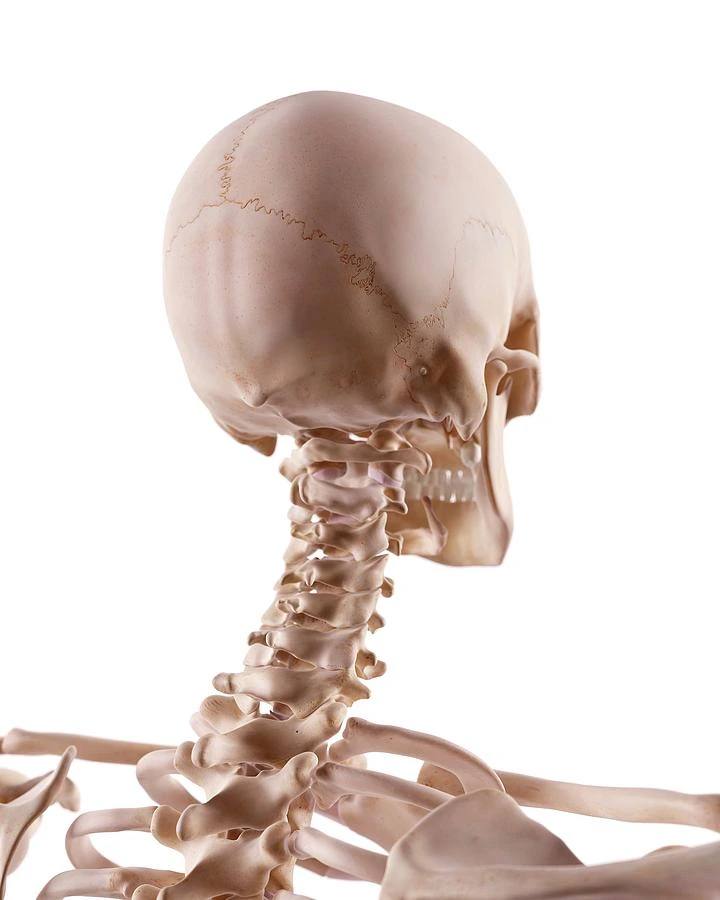
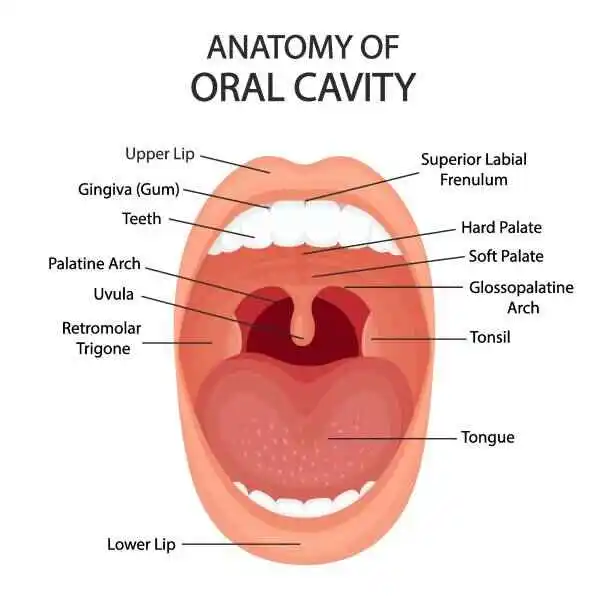
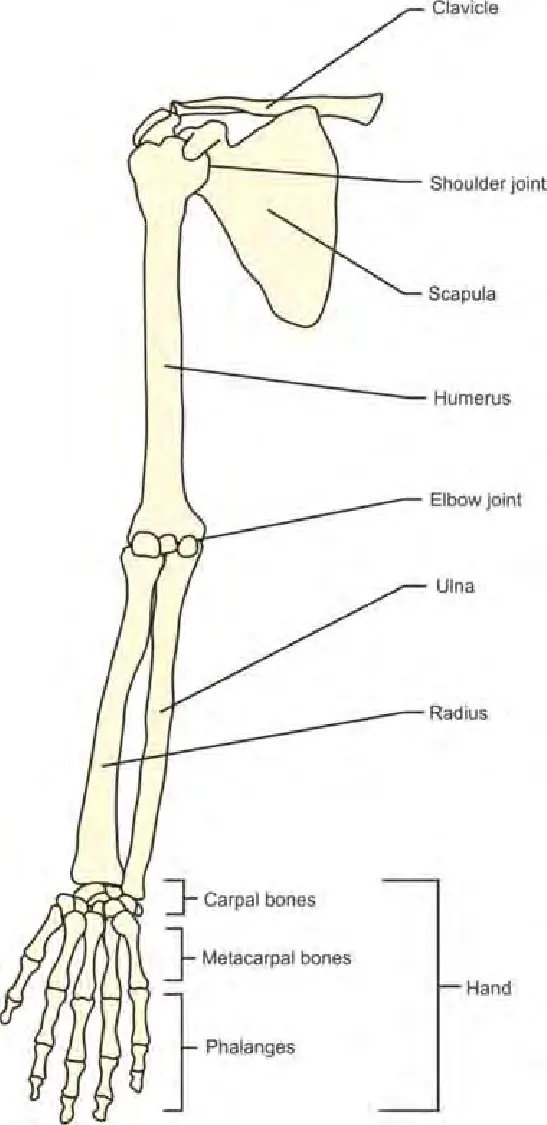
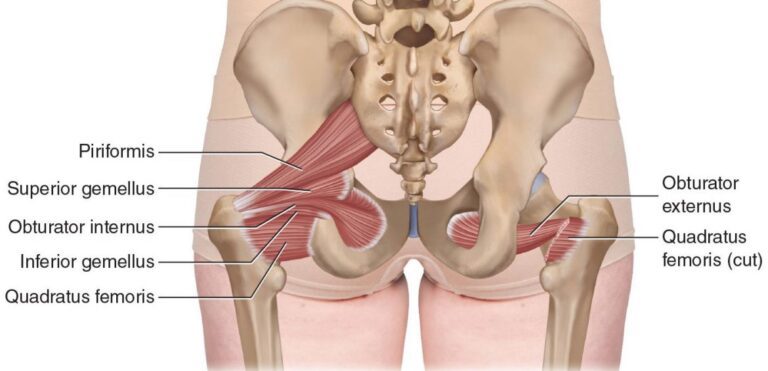
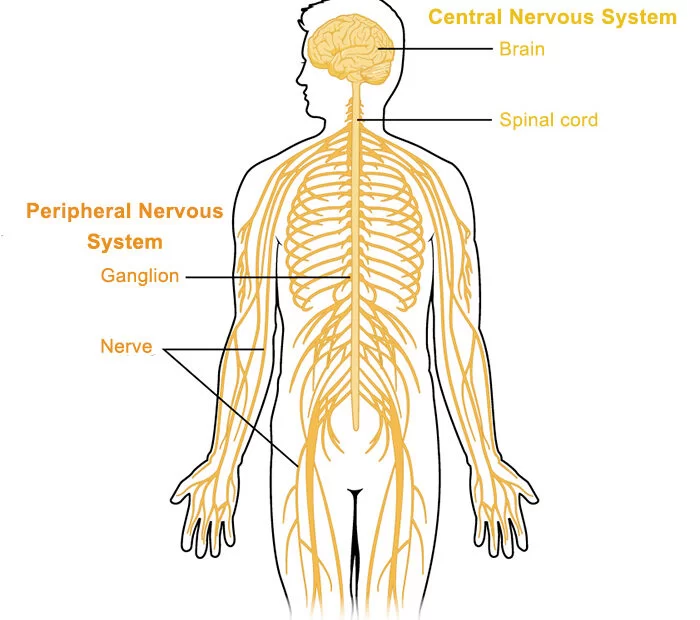
2 Comments